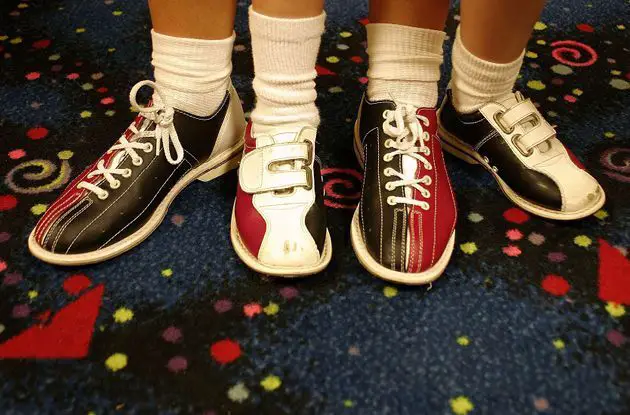More After-School Articles:

Family-Friendly Bowling Alleys in New York Area
This is a list of the best bowling alleys for families in Manhattan, Brooklyn, and Queens.Latest News:

Where to Fish This Summer in the New York Metro Area
These are the best fishing spots throughout the NYC area - including in the city, on Long Island, and in the suburbs. Brush up on the local fishing ru...Family Activities:
Have a Laugh:

Best Memes of the Week for Parents
Here are the funniest parenting memes from Instagram, Facebook, and Reddit this week.Featured Listings:

MLM Advocacy
Attending a meeting with the Committee on Special Education can be scary for any parent when their child is suspected of having a disability that can ...

Otto Specht School
Chestnut Ridge , NY At the Otto Specht School, we work to discover each child's path to lifelong learning, offering a variety of educational programs designed to meet the...

Mandarin Discovery School
Mandarin Discovery Preschool program is an immersive and creative program for children 3 to 5 years old. Children learn Mandarin with musical instrum...

Tenafly Pediatrics
Park Ridge, NJ Our practice offers comprehensive care from infancy to young adulthood.


